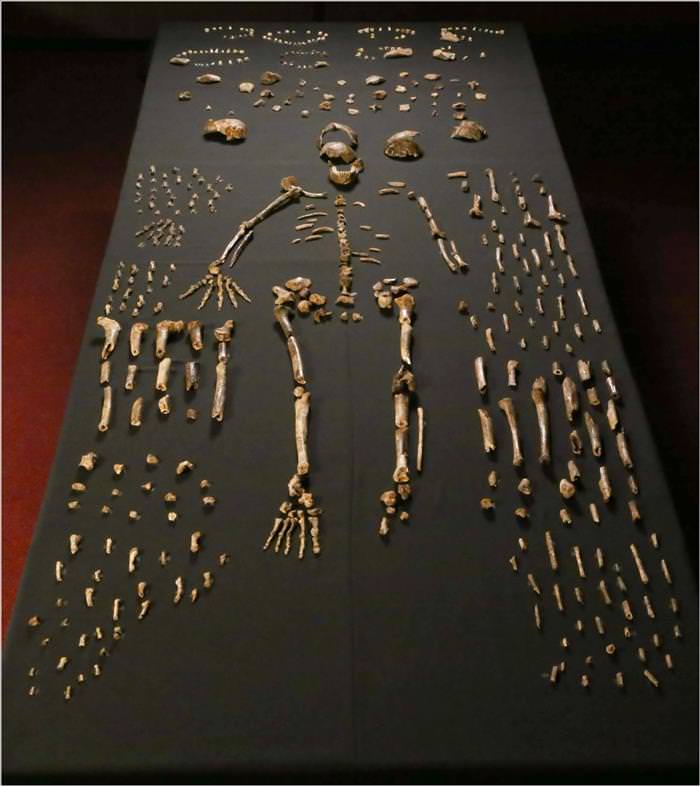11 Astounding Scientific Discoveries Made in 2015
|
I’ve always followed what’s going on in the world of science, but I didn’t realize that 2015 was such an incredible year! From regaining perfect vision in eight minutes, to the discovery of hundreds of new wildlife species, this year really had it all. Here’s a run-down of the greatest scientific discoveries made this year: Humanity Discovers a New Ancestor
Scientists found another piece of the puzzle in human evolution when they discovered a human ancestor, which they named homo naledi, in Gauteng, South Africa last September. The discovery marked the largest collection of fossils of a single species ever found on the African continent.
Scientists Make Progress with Editing Human Genes This year marked numerous breakthroughs in the use of gene-editing technology. Chinese scientists edited the DNA of human embryos that were not viable for a live birth. This represented a major step forward towards medical practitioners having the ability to eradicate disease genes from people.
A Reborn Woolly Mammoth Becomes a Closer Possibility Researchers at Harvard University managed to insert genes from an extinct woolly mammoth into the living cells of an Asian elephant. This means that scientists could have the ability to bring a species with many of its characteristics to life in years to come.
Discoveries of Many New Species The World Wildlife Foundation announced the discovery of 211 species in the Eastern Himalayas in a four-year report it published in 2015. The report concluded that 133 plants, 39 invertebrates, 26 fish, 10 amphibians, one reptile, one bird, and one mammal had been discovered.
More Evidence of Free-Flowing Water on Mars NASA scientists have declared that they have found flowing salty streaks of water, which vary with the seasons, on the surface of Mars. They also found perchlorates, which are waterlogged molecules. Both of these discoveries make the presence of living organisms on Mars a much more likely possibility than previously. Blood Tests that Detect Cancer Swedish researchers managed to develop a blood test that can detect the early stages of cancer. It has an accuracy rate of 96%. Furthermore, the test can also correctly classify the type of cancer present in blood with an accuracy of 71%.
A New Antibiotic A new antibiotic called teixobatin was discovered this year, marking the first new discovery of an antibiotic in 30 years. The antibiotic is able to treat common bacterial infections, such as tuberculosis and septicaemia. It might become available to the public in the next five years.
A Comprehensive New Map of Human Cells A team of US researchers completed work on a comprehensive map of the human epigenome. This map, which maps out over 100 different types of human cells, will help researchers gain a better understanding of the complex relationship between DNA and diseases.
The Brightest Galaxy Ever Discovered CR7 is the brightest galaxy discovered by science to date, emitting light equivalent to that of 300 trillion suns. The galaxy, which is 13 billion light years away from earth, was discovered by NASA’s Wide-field Infrared Survey Explorer.
Bionic Lenses for Perfect Vision Patients can now have eyesight better than 20/20 vision thanks to Ocumentic Technology Corp., which has spent $3 million over the course of eight years to develop bionic lenses. The surgery to have the lenses implanted takes just eight minutes.
Ability to Transform Malignant Cells into Immune Cells Malignant leukemia cells may now be transformed into harmless immune cells, called macrophages, thanks to research conducted by scientists at Stanford University. This discovery could mean that human cancer cells could be turned into immune cells that destroy cancer and other pathogens in the near future. Content Sources: UPI, Livescience, Nature.com |

